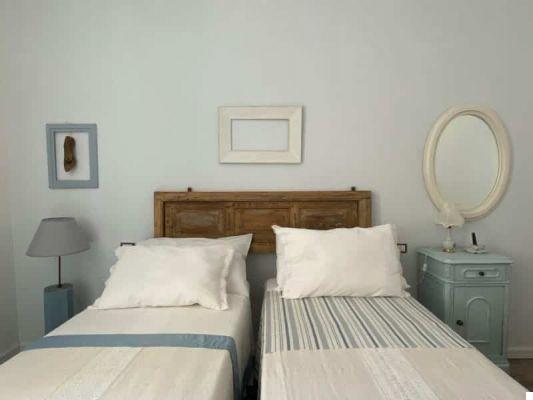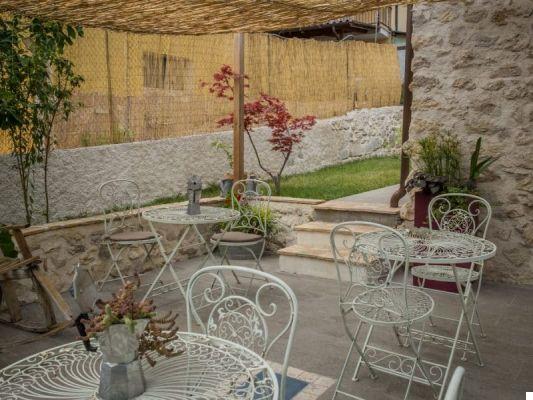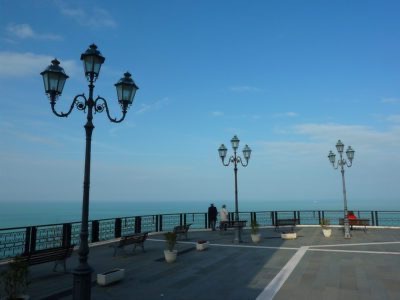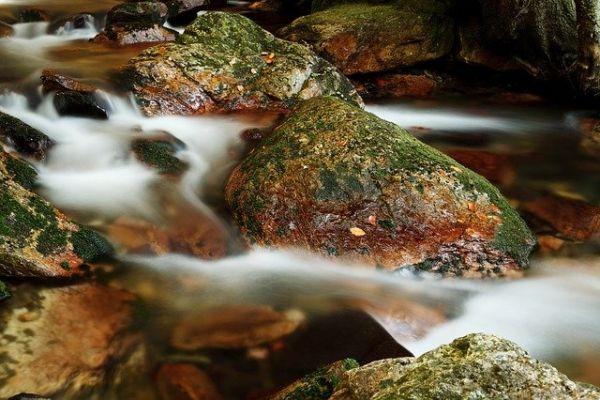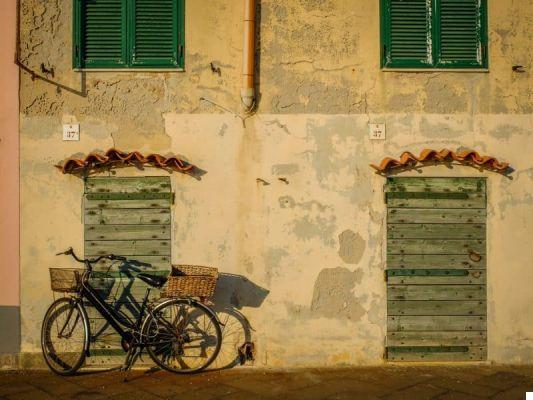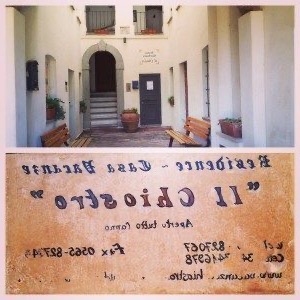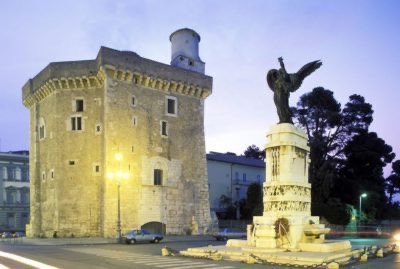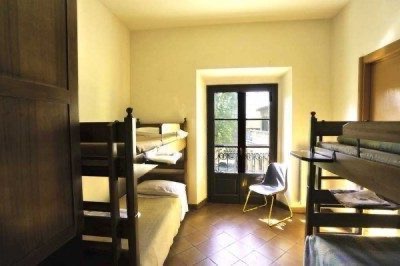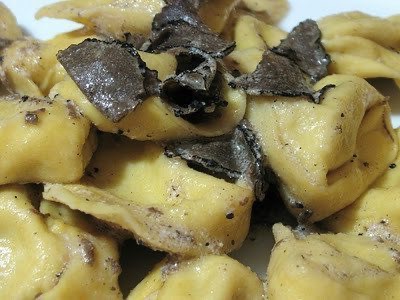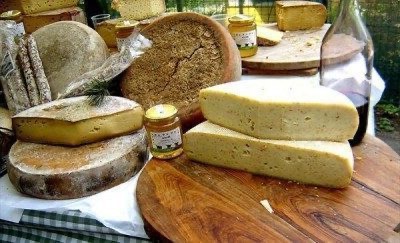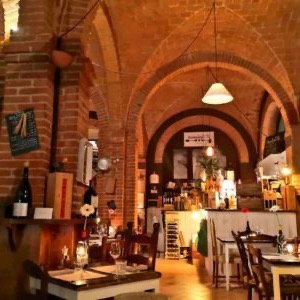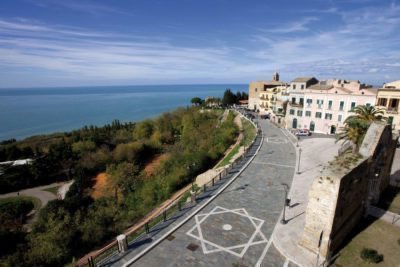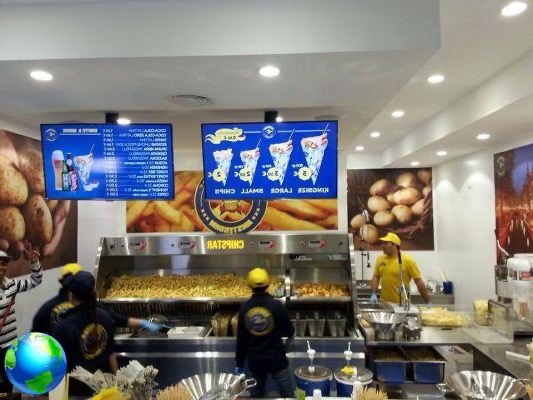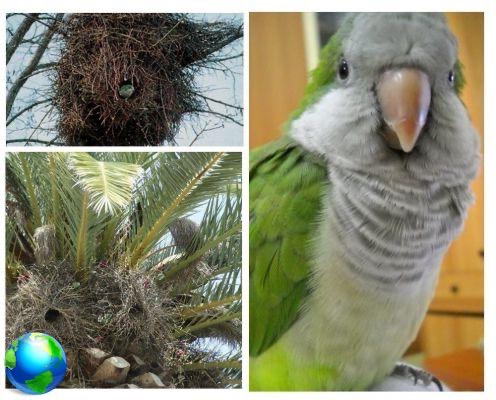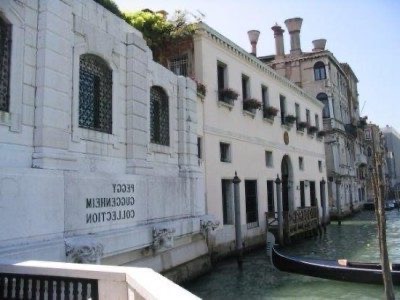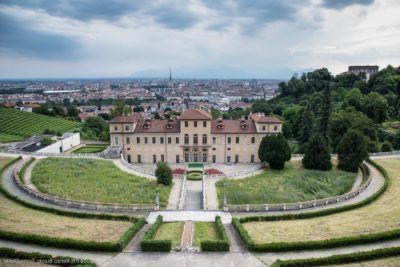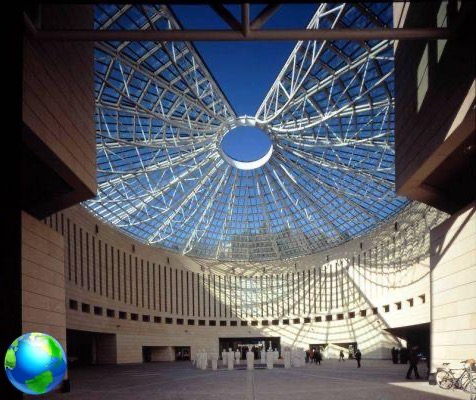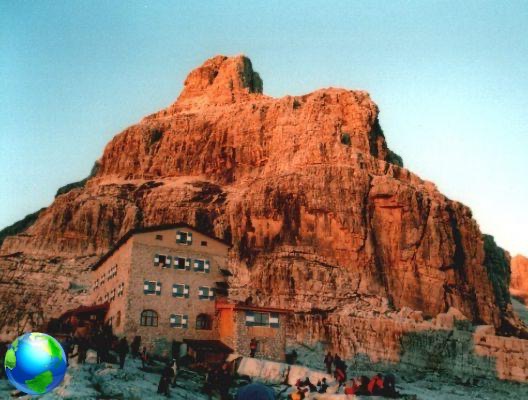The Majella is the "mother mountains" of the Abruzzo people, a sacred mountain around which postcard villages (such as Sulmona, Pacentro, Guardiagrele, etc). For millennia, man has taken refuge in the most remote points of its valleys to seek contact with the divine and that is why the area is also scattered with hermitages, abbeys and monasteries of great charm. The territory that constitutes the great Majella Park it is included between the provinces of L'Aquila, Pescara and Chieti and is mainly mountainous, with the highest altitude of 2793 meters of Monte Amaro (the second highest peak in the Apennines after the Gran Sasso). Although I have been going to Abruzzo since I was a child, I had never visited this area and it was a real surprise! There are so many things to see and do. Inside the Majella Park there are also some famous ski resorts such as Roccaraso o Campo di Giove, but in this article I will mainly talk about places, not at high altitude, to visit in summer (or in spring / autumn) based in Sulmona.
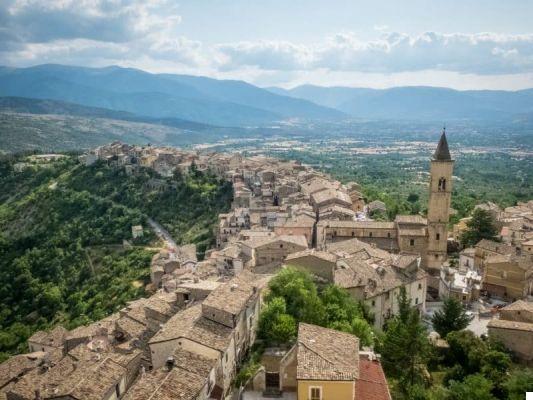
What to see in Sulmona and in the Majella Park
Sulmona and the Abbey of Santo Spirito al Morrone
Sulmona it is the largest city found within the park and is also one of the most sophisticated in the region. Famous for the production of sugared almonds, Sulmona has very ancient origins, but assumed a certain importance 'only' in Roman and then medieval times. The city, which was also the birthplace of Ovid, is a perfect base for exploring the whole area, especially if you are looking for a bit of evening life and a bit of choice in restaurants. But what to see Sulmona? The things not to be missed are definitely:
- Ovid Course: most of the city attractions are located along this pedestrian street that goes from Porta Napoli to the Villa Comunale.
- Complex of the Annunziata: the main city monument, in a mixed style between Gothic, Florentine Renaissance and Middle Ages. Inside there is the civic Museum and next to the Church of the Annunciation.
- Piazza Garibaldi: Sulmona's living room, with beautiful views of the Majella. On one side there is a piece of medieval aqueduct and immediately behind the beautiful portal of the Church of San Francesco della Scarpa.
- Pelino Museum of Confectionery Art and Technology: this museum tells the story of sugared almonds, with vintage machines, prints, photographs and the reconstruction of an 700th century laboratory.
- Abbey of Santo Spirito al Morrone: this abbey is located 5 km north of Sulmona and hosted the Congregation of the Celestines founded by Pietro Angelerio, known as da Morrone, who became pope with the name of Celestino V. Thanks to an earthquake in 1706 and then to the suppression of the Order, the Abbey was subsequently also used as a prison until 1993. It is open a few days / times, phone before going (find the number on the website).
- Hermitage of Sant'Onofrio al Morrone: walking up from the Abbey (you can also leave the car higher up and do only the last part on foot) you reach this hermitage in the rock which hosted Pietro da Morrone for most of his life. There is a small chapel and the cell where the future pope slept.
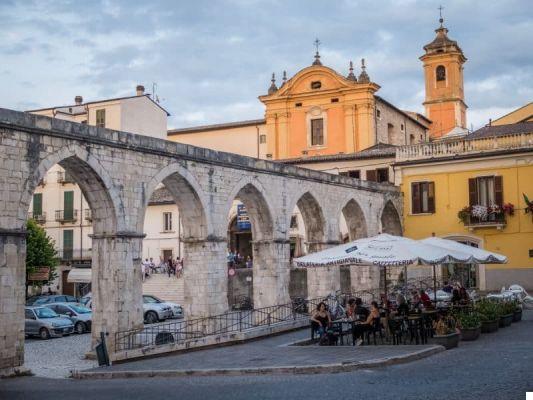
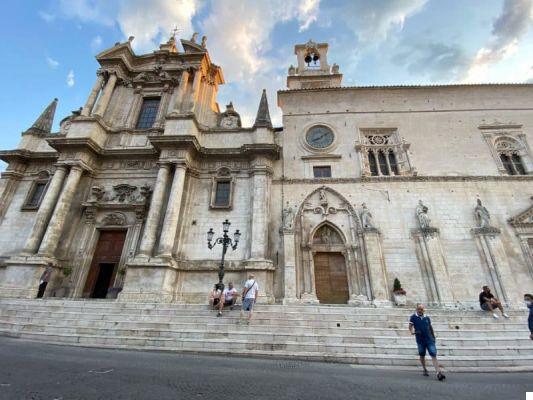
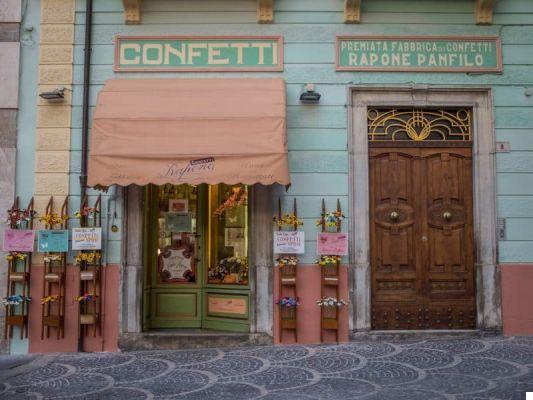
Pacentro
Among the things to see in Sulmona and its surroundings there is certainly Pacentro, which is located just 8 km from Sulmona. It is part of the Most beautiful villages in Italy and it is really very suggestive, with alleys and stone houses. Arriving you will immediately notice the three towers of Caldora Castle, the oldest existing in Abruzzo. Mentioned for the first time in 951, the remains that are visited today are the result of subsequent interventions that took place up to 1500. Climb on the Ghost tower to have a superb view of the village and the valley. Particular also the House of Marlurita, a healer of evil eyes famous throughout the Majella and died in 1978. Immediately outside the village there is the Zipline Majella, a breathtaking descent of 1000 meters.
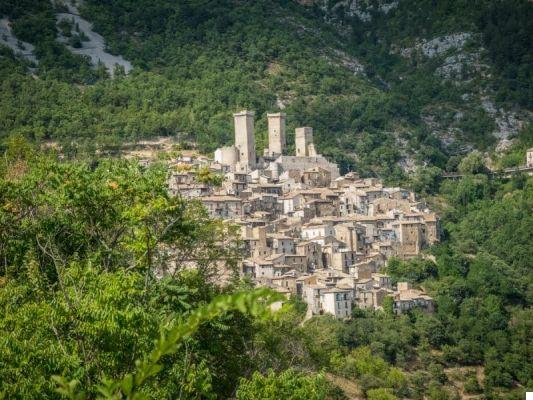
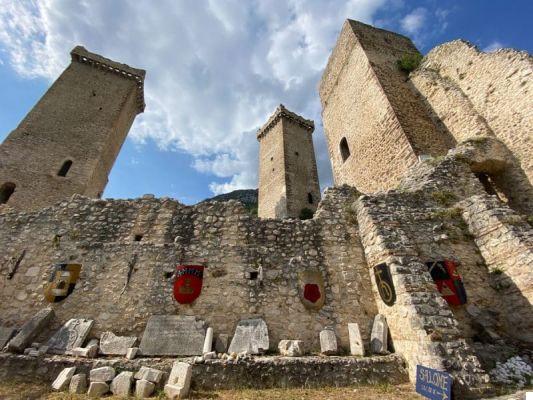
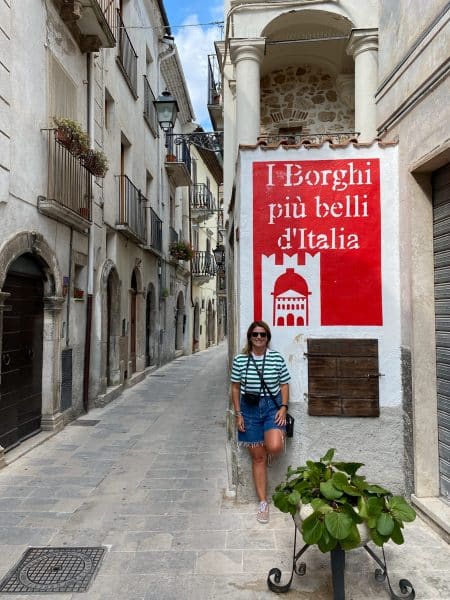
Hermitages of San Bartolomeo in Legio and Santo Spirito a Majella
The whole Majella is full of places dedicated to spiritual retreat; the two most spectacular hermitages are undoubtedly thehermitage of San Bartolomeo in Legio and Santo Spirito in Majella. To reach the first one you have to leave the car in Macchie di Coco and continue on foot for half an hour along the path that follows the rocky slope stretching out over the river. The church and the cell inhabited by Celestino between 1274 and 1276 are "set" in the stone. You can go down to the river to get a full view of the structure. Walking from here for another 3h and 30 'you can then reach thehermitage of Santo Spirito in Majella, but don't worry, you can also get there from the SS22 road and do only the last bit on foot. Here Celestino established the first seat of his Congregation.
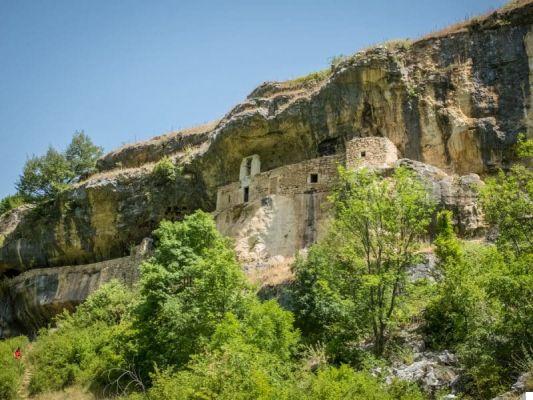
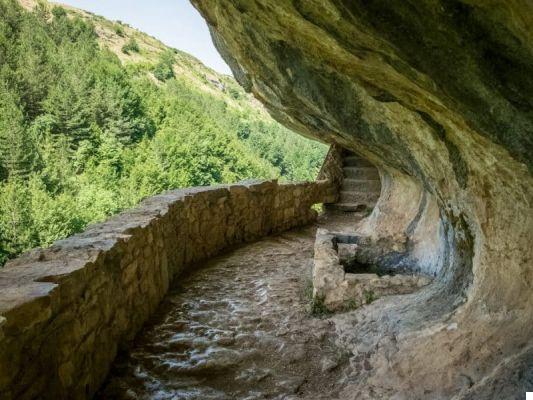
Way of Celestine
One thing to do starting from Sulmona, especially if you are an athlete, is the path of Celestino. Born in 2018, this one 90 km itinerary it is ideally divided into 6 days and retraces the steps of Pietro Angeleri, the hermit who became Pope in 1294 and after a few months abdicated to return to the Majella mountains. The route takes place entirely within the Majella National Park and proceeds from Sulmona to Serramonacesca through villages, hermitages and grandiose landscapes. On the Carthage of the Pilgrims (pilgrim's credentials) you can certify your passage in all the hermitages present along the way by affixing the respective stamp at the authorized points (found on the site). Anyone who reaches all the places of worship on the way and can prove it with the Cartha Peregrini will receive the Evidence, a certificate.
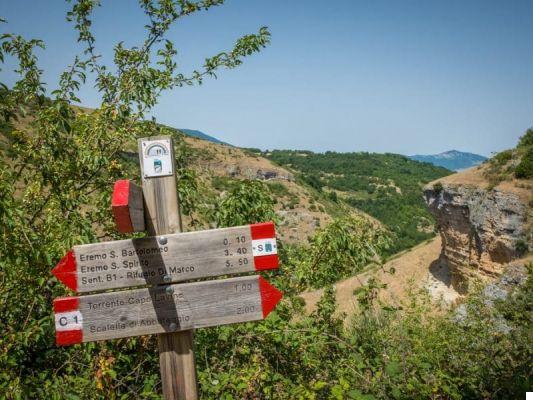
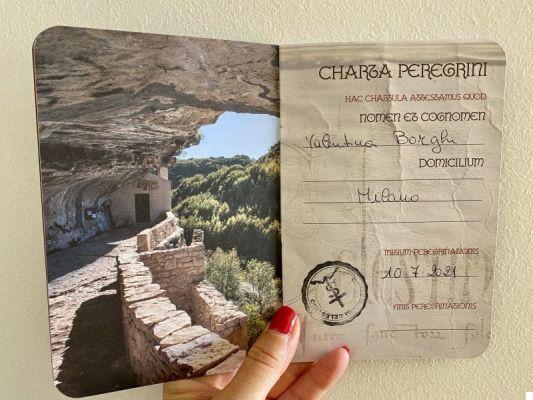
Trans-Siberian of Italy: by vintage train from Sulmona to Isernia
From Sulmona the Trans-Siberian of Italy, a path of 128 km along which you can contemplate grandiose mountain landscapes from a vintage train until you reach Isernia. The train leaves every Saturday and Sunday with different times that you can find on the Official site. The term Trans-Siberian of Italy, which appeared for the first time in the magazine Gente Viaggi in November 1980, is due to the journalist Luciano Zeppegno who described this line as "the little Trans-Siberian" due to the abundant snowfalls that, especially in the stretch of the major plateaus of 'Abruzzo, make it look like the mythical Trans-Siberian. The Rivisondoli-Pescocostanzo station, which is located at a height of 1268 meters, corresponds to the second highest station on the Italian ordinary gauge railway network, after the Brenner one, whose altitude is 1371 meters.
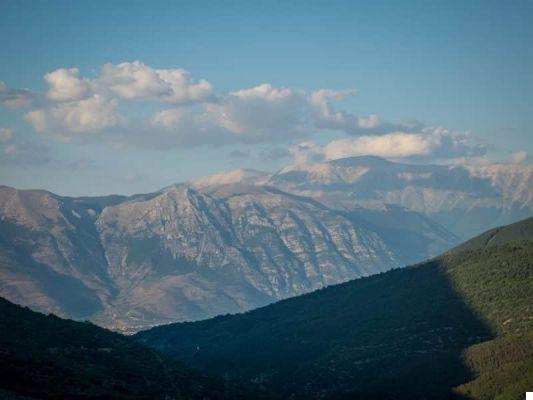
Where to sleep in Sulmona and in the Majella Park
- B&B Malvarosa: I have been in this beautiful B&B which is located in a quiet area, next to the Abbey of Santo Spirito al Morrone, a few kilometers outside the center of Sulmona. It is a new structure, very nice and with a beautiful garden from which you can see the mountains. The breakfast is super!
- Gancia dei Celestini: if you want to stay in the center of Sulmona, I recommend this b & b housed in a XNUMXth century monastery.
